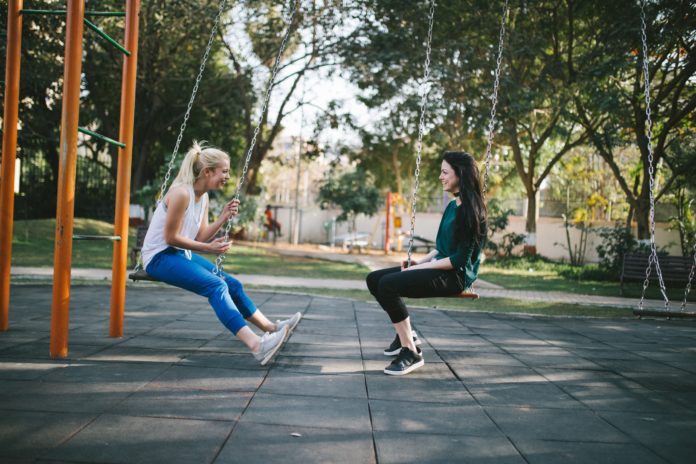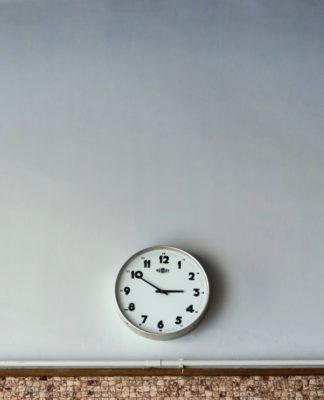
One of my coworkers has a very particular rule about friendships: He claims that you can only truly be proper friends if you hang out at least two times outside of work. Otherwise, he says, you remain strictly coworkers. Of course we tease him endlessly about his arbitrary ‘friends rule’ and argue it is in fact possible to be friends with your coworkers, even if you don’t spend your off days together.
However, I may have to begrudgingly eat my words and tell him that he’s not completely wrong according to a new study published in the Journal of Social and Personal Relationships: The study focuses how friendships develop, and what it takes to move from ‘just coworkers’ to a true ‘friendship.’ Or, from ‘friendship status’ to bonafide ‘best friends’ level.
Friendships and social relationships have a direct impact on your well-being. From your mental health and physical health, and even your longevity. Indeed, studies have shown having strong relationships and friendships contribute to a healthier, happier, and longer life. Though despite the ‘Minnesota Nice’ demeanor and even knowing the benefits of strong friendships, us Minnesotans are notoriously quite terrible at letting in new people to develop those important close relationships.
(One of our own Twin Cities Agenda writers, Sarah, wrote an insightful and honest article about her struggles to cement lasting friendships when she first moved to the Twin Cities.)
So what does it take to create a friendship?

Jeffery Hall, a professor of communications studies at the University of Kansas, set out to find the answer. Hall developed the Communicate Bond Belong theory, which lays out the notion of an evolutionary need for humans to belong and how spending time and seeking out different types of social interaction can fulfill that need. But, Hall wanted to discover exactly how much time, specifically how many hours, it takes to develop a friendship.
To do this Hall conducted two studies. In the first study, Hall followed 355 people who had recently relocated. He asked each person in the study to pick a new person they had met and track how much time they spent with them in the previous week, how much they generally hung out in a typical week, and how they would rank them from acquaintance to best friend.
The second study looked at 112 college freshman and asked each person to report the number of hours spent with two new acquaintances over nine weeks. Over the nine weeks, the researchers checked in to observe how the relationships grew.
From both of these studies, Hall discovered there were certain cut off points for the number of hours spent together and the level of friendship the subjects developed.
Psychology Today expounds, “He found that it took about 50 hours of interaction to move from acquaintance to casual friend, about 90 hours to move from casual friend to friend, and more than 200 hours to qualify as a best friend. Those who never got beyond being acquaintances usually had spent no more than 30 hours together.”
It seems you really do have to invest the time with others in order to have the potential to build a valuable and close friendship. And, while the amount of time you spend together does matter in forming relationships, the quality of the time spent and how you spend your time matters just as much. It makes a difference if your conversations involve meaningful topics, if you’re able to joke around, and if you’re invested in each other’s lives. So even if you see the same people at work five days out of the week, if your conversations simply involve a quick “Hey.” before you sit down at your desk, it’s not likely your friendship will blossom into more than a mere acquaintance.
If you’re looking to grow a friendship, perhaps upping an acquaintance at work to friend status, using my coworker’s ‘friend rule’ and hanging out at least two times outside of the office, may be a good method to follow to help create a lasting bond and a meaningful friendship.
















